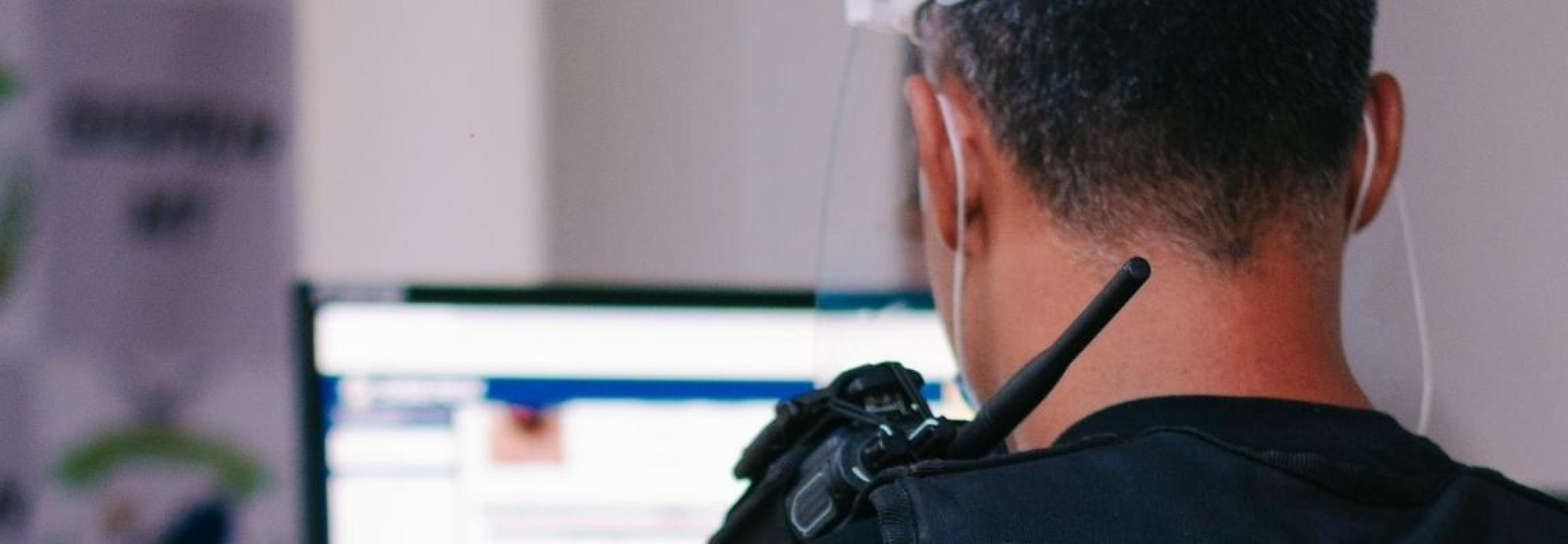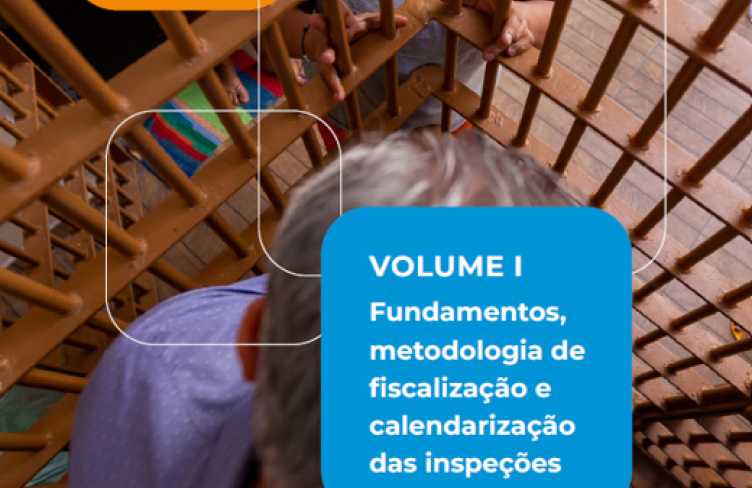
After six months observing more than 100 remote custody hearings in two states of Brazil, I would like to share some of our initial impressions. While we are continuing to analyse and consolidate the data we have collected, our preliminary observations reveal both positive developments and concerning trends for the protection of key safeguards during the first hours of custody.
Custody hearings – which were established following a 2015 decision of Brazil’s Supreme Court – are a crucial part of the country’s Criminal Procedure Code. These hearings allow judges to hear from the defendant, the prosecutors’ office representative and the legal defence before determining the legality of the person’s detention and the need for pre-trial detention.
Importantly, custody hearings also provide a judge with the opportunity to identify, record and respond to allegations of torture and ill-treatment during the first hours of custody.
While the enactment of Law No 13,964 in 2019 was explicit in forbidding the use of videoconferencing to hold custody hearings, the declaration of a Public Health National Emergency in Brazil in February 2020 radically changed the nation’s justice landscape. In response to the COVID-19 pandemic, there was a rapid adoption of digital technology in courts across the country and Resolutions by the National Council of Justice (NCJ) provided for the temporary use of remote hearings, including for custody hearings. Specific guidelines were adopted by the NCJ to regulate the implementation of remote hearings.
As part of the APT’s work in Brazil, I have been monitoring remote custody hearings in Cuiabá (capital of the state of Mato Grosso, Centre-West Region) and Maceió (capital of the state of Alagoas, Northeast Region). Both State courts' representatives are interested in learning from our data comparing in-person and video-based custody hearings. We have been able to conduct our monitoring thanks to cooperation from the custody hearings' coordinator judges in both courts, for which we are very grateful.
In January 2022, I began this monitoring with APT Senior Legal Adviser and Representative in Brazil, Sylvia Dias, observing 59 cases in Cuiabá and 51 in Maceió.
Comparing 2018 field research on face-to-face custody hearings with remote hearings in 2022, there have been some positive shifts. For example, more judges now ask about mistreatment during the first hours of detention and there has been a noteworthy absence of security personnel accompanying defendants inside the courtroom. This is welcome progress that goes to the heart of improving conditions so detainees can be heard.
However, our monitoring mostly revealed flaws in upholding key safeguards in remote custody hearings. These include a very limited number of forensic examinations being conducted prior to hearings; a greater number of defendants being presented in handcuffs or other instruments of restraint; and an absence of adequate introductory remarks to clarify defendants’ rights, the judicial procedures and the possible outcomes of the hearing.
We also noted some serious shortcomings in the implementation of digital procedures. For example, online platforms used by the judiciary do not provide a private channel between the legal defence and defendant during the hearing, but only before the hearing starts. Likewise, it was difficult to tell whether security personnel can listen in to the hearing, or if the defendant experienced harassment or intimidation due to the way cameras were set up. In addition, judges do not, on a systematic basis, request defendants alleging torture to show their injuries through the cameras and they do not substitute remote hearings with face-to-face hearings in such cases. All these findings contravene the specific guidelines established by the NCJ.
Our initial findings suggest that, despite some positive aspects, the procedures employed for remote custody hearings have undermined key safeguards, while a lack of training and other implementation measures have contributed to these hearings failing to deliver on their principal objectives. While the APT is dedicated to assessing practices based on a broad sample of custody hearings, there have been specific situations we observed that caused alarm. These include one judge whose video was blocked for a full hearing; instances when defendants were not brought back to the virtual room to listen to the decision in their case; and defendants who tried to show injuries they allegedly suffered in detention but poor video quality prevented any possibility of a proper identification.
It is important to note that, in some instances, digitalisation can play a crucial role to improve access to justice. We heard from judges how small or distant cities in deep Brazil, with precarious police and judicial infrastructures, now have the possibility to conduct custody hearings using video technology. It is important that specific situations such as these are considered in further resolutions on the subject, in order to guarantee access to justice.
Still, my impression is that virtual custody hearings are compromised by the barriers the technology creates. There are shortcomings concerning the formality of the hearings; in ensuring the full attention of participants; in building effective rapport with defendants; and in providing a comprehensive first contact with judicial authorities during the critical early stages of detention, including upholding vital safeguards. Despite the genuine efforts of authorities, the virtual court environment often distorts and undermines the key elements of in-person custody hearings. There are also issues regarding their legality, since the Criminal Procedure Code vetoes the use of remote custody hearings and the NCJ’s authorisation of their use was tied to the designation of a Public Health National Emergency.
In-person custody hearings provide a more robust and effective environment to address the heightened vulnerability of detainees during the first hours of detention. They also provide judges and others in the criminal justice system with the opportunity to develop a full understanding of each detention and to record and follow up on allegations of torture or ill-treatment. As Brazil’s criminal code notes, custody hearings play a very specific role in the criminal justice system. After a period of overwhelming challenges and changes in Brazil, it is vital that what we learn from this period is used to strengthen the standard practices for custody hearings, and not used to justify replacing or diluting them.
The APT will use the data we have collected to prepare a robust evaluation of practices, risks and learnings on remote custody hearings in Brazil. In the upcoming months, we will launch factsheets on face-to-face and virtual custody hearings, presenting in-depth data and recommendations based on our field research in Cuiabá and Maceió. We look forward to continuing the discussions on this matter in the coming months.
Fabio de Almeida Cascardo is the APT’s Legal Consultant in Brazil and a former member of the Local Preventive Mechanism of Rio de Janeiro.

